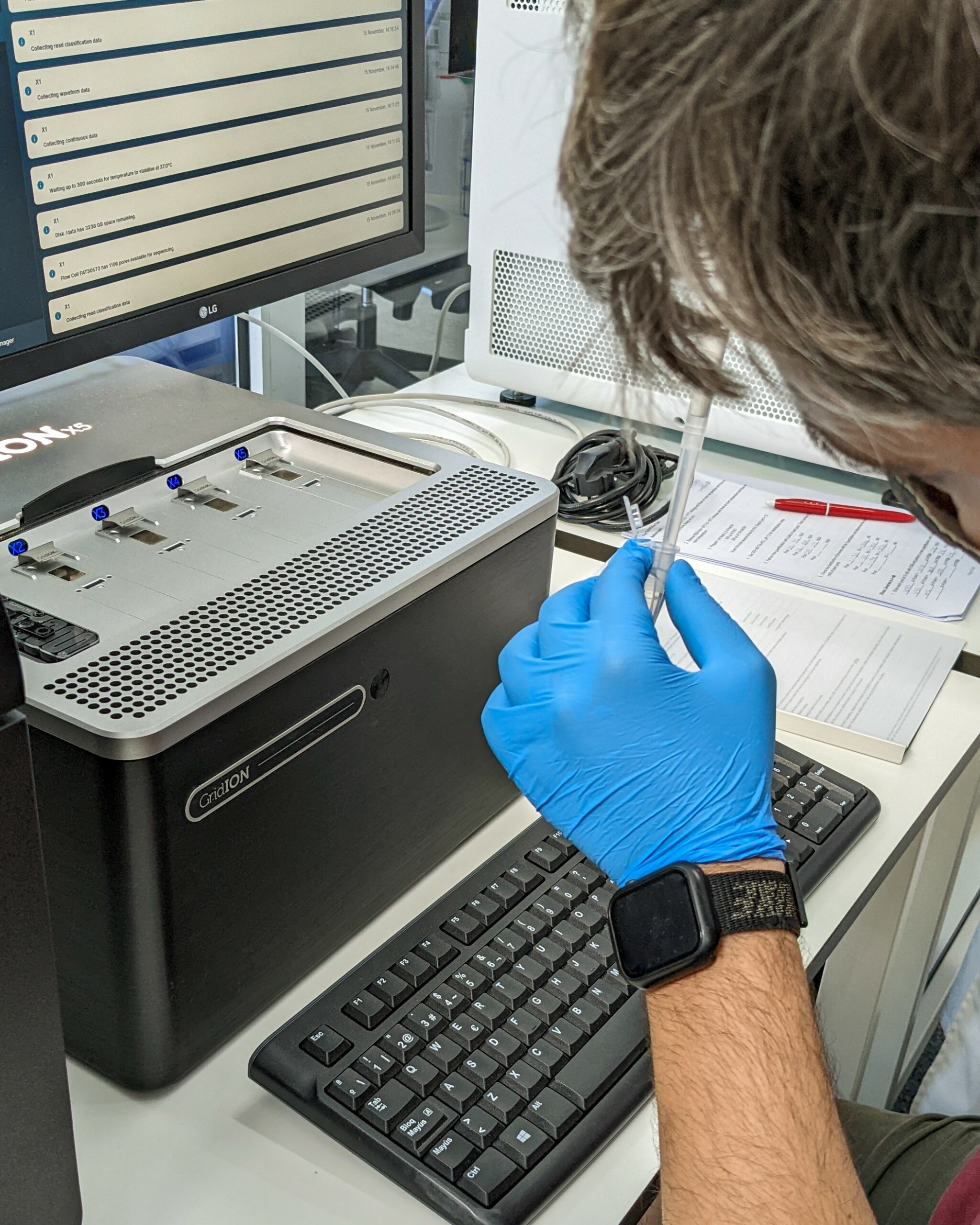The study, recently published in the scientific journal iScience, has revealed both the persistence of the aboriginal gene pool in the current population and the continental genetic influences of Europe and Africa in the Canary Islands, highlighting the predominance of North African influence in the population of the entire archipelago and Portuguese and Galician influences.
The research staff of the Genomics Area of the Institute of Technology and Renewable Energies (ITER), dependent of the Cabildo de Tenerife, has led a study in which the genetic characterization of the contemporary Canarian population has been carried out through the analysis of mitochondrial DNA. The results of this research developed jointly by ITER, the University Hospital Nuestra Señora de Candelaria (HUNSC) and the Canarian Foundation Health Research Institute of the Canary Islands (FIISC), and the researcher Vicente Cabrera, retired professor at the University of La Laguna, have been published in the scientific journal of the Cell Press group.
The research, funded by the Ministry of Science and Innovation of the Government of Spain, the “CajaCanarias” Foundation, the “La Caixa” Banking Foundation and the Cabildo Insular de Tenerife, aims to analyze the impact of the colonization process of the Canary Islands on the current genetic composition of the inhabitants of the archipelago through an unprecedented genetic approach. The study points to two important events: the population collapse of the Canarian aborigines and the arrival of settlers from other continental regions of Europe and Africa. To deepen the imprint of the historical process, the researchers analyzed the mitochondrial genome of 896 unrelated canaries using massive DNA sequencing in the Genomics Area of ITER.
The results of this research show the existence of continuity of aboriginal maternal contributions and their persistence in the genetics of the current population of the islands, reaching an average value of more than 50%, a percentage higher than that inferred in previous studies. In addition, the analyses carried out support a first arrival in the islands of the aborigines at the beginning of the first millennium of the Era. In the words of the researcher and main author of the study, Dr. Víctor García Olivares, “This study has allowed to reveal, for the first time, the main continental genetic influences in the population of the islands, highlighting the Portuguese and Galician influences in the genetics of the population of the entire archipelago, except on the island of Lanzarote, where the North African influence prevails.” On the other hand, it highlights the important Atlantic influence on the populations of the islands of El Hierro and La Palma, the high prevalence of lineages more typical of sub-Saharan Africa on the island of Gran Canaria, and the existence of rare maternal lineages that testify to the connections with the populations of the American continent.
Overall, the study coordinated by Dr. Carlos Flores, scientific head of the Genomics Area and principal investigator of FIISC-HUNSC, provides the broadest and most complete characterization of the genetic variation of the population of the Canary Islands carried out to date from the perspective of maternal inheritance provided by the study of mitochondrial DNA.
Article reference:
- García-Olivares et al. Digging into the admixture strata of current-day Canary Islanders based on mitogenomes, iScience, https://doi.org/10.101iScience 6/j.isci.2022.105907

